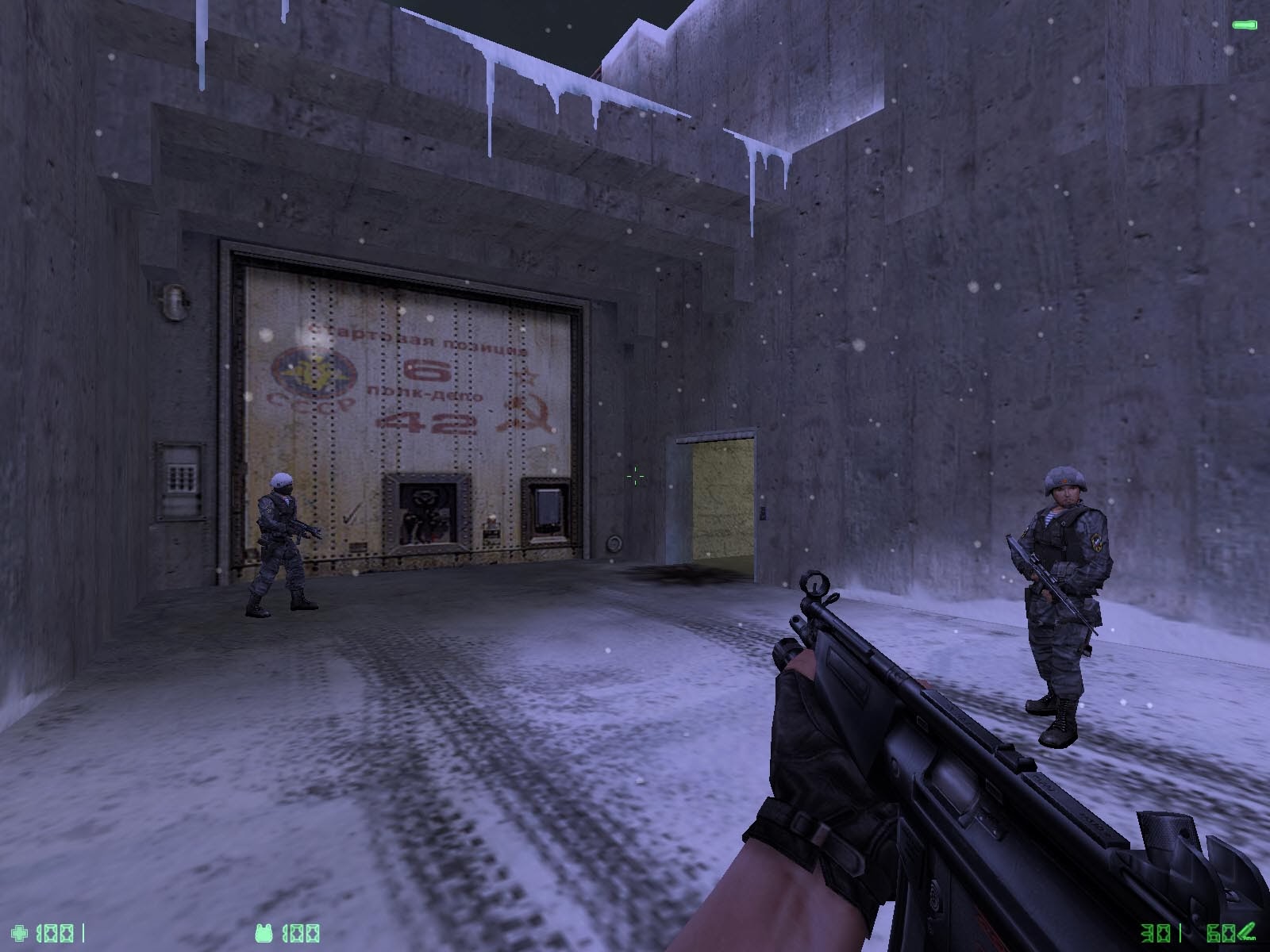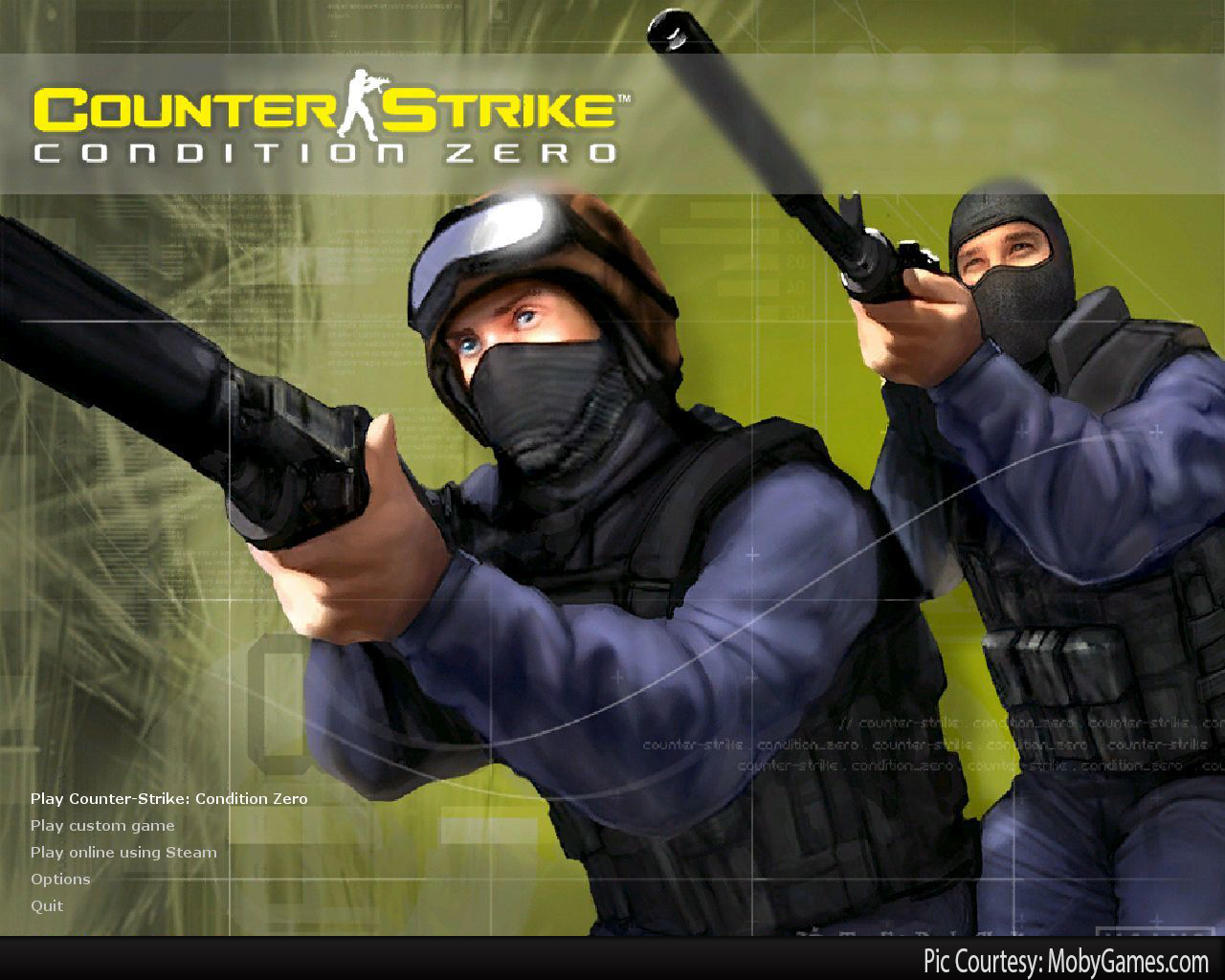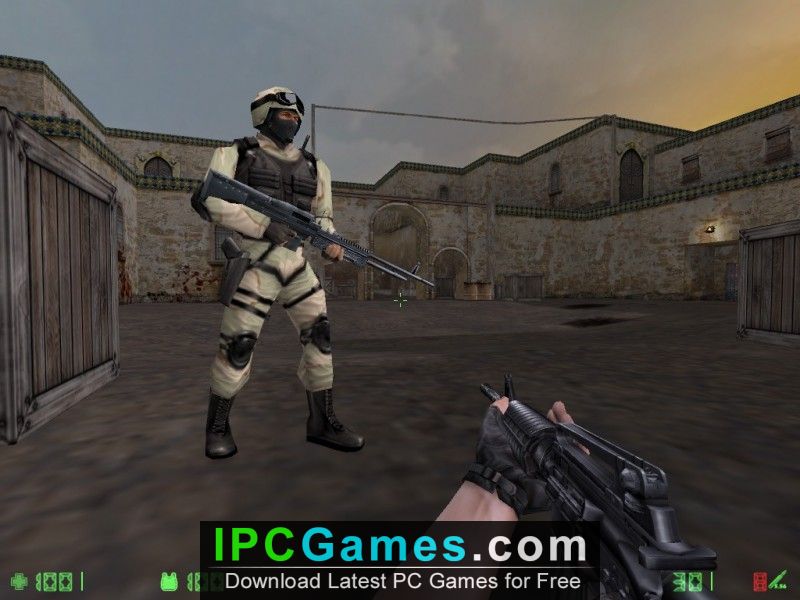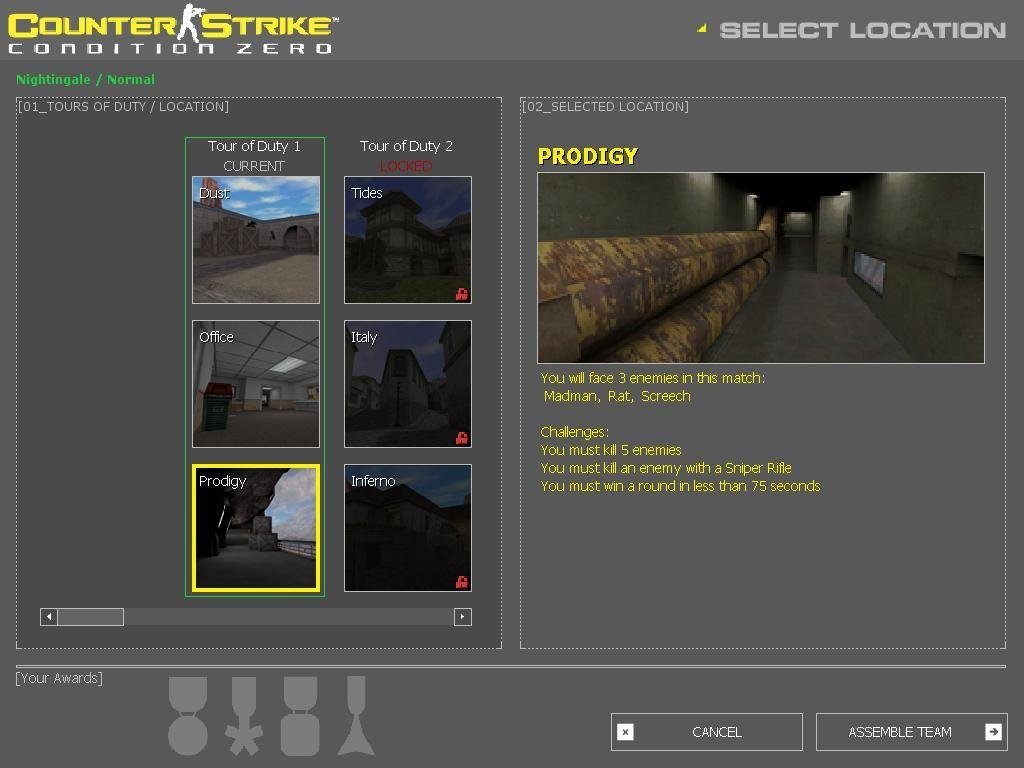



They eagerly accepted and started developing what they called Condition Zero. During a desperate search for new projects, Valve came to them and wanted them to make a single-player version of Counter-Strike. After being released in October, they started on a PlayStation 2 port when EA cancelled the project in January 2001 and stopped funding them. Rogue Entertainment was in a frantic state in developing American McGee's Alice for Electronic Arts through 2000 to be finished by the Christmas season. The final game contained a version mirroring Gearbox's version, along with 12 missions recovered from Ritual's single-player portion, called Deleted Scenes. They developed an updated bot AI that was beta tested in Counter-Strike 1.6 before release and was later integrated into Counter-Strike: Source and became part of the "AI Director" in Left 4 Dead. Ritual's share of development was dropped, and development was given over to the relatively young Turtle Rock Studios, who easily restarted where Gearbox left off. The companies retracted the gold status and work on Condition Zero was essentially begun again.

However, after declaring the game gold and handing out review copies of Ritual's work, Valve saw an average review score of around 60%. It was expected to have a release in early 2003 with a secondary multiplayer mode, and developed alongside the Xbox version of Counter-Strike. They enhanced the AI of the original Half-Life to create the initial bot AI. They also used the release of Steam to their advantage to help prevent cheating by ensuring constant code updates.Īfter a few developmental delays, it missed its late 2002 deadline and was given over to Ritual Entertainment, who completely remade the game into a single-player one with 20 unconnected missions. They also placed explosive weapons such as a Molotov cocktail, tear gas bomb, and M72 LAW rocket. They also added alpha blending, allowing for realistic foliage and weather effects, and a single-player mode to the game. Gearbox created an overhaul of Counter-Strike with high quality models and better graphics, similar to Blue Shift compared to Half-Life. Later, they gave it to Gearbox Software, the developers of the Half-Life expansion packs, so that Valve could focus on the development rival Team Fortress 2 and its new engine. Rogue's producer for the game, Jim Molinet, later that year moved to Sony and the development company went defunct, leaving Valve with the development.


 0 kommentar(er)
0 kommentar(er)
